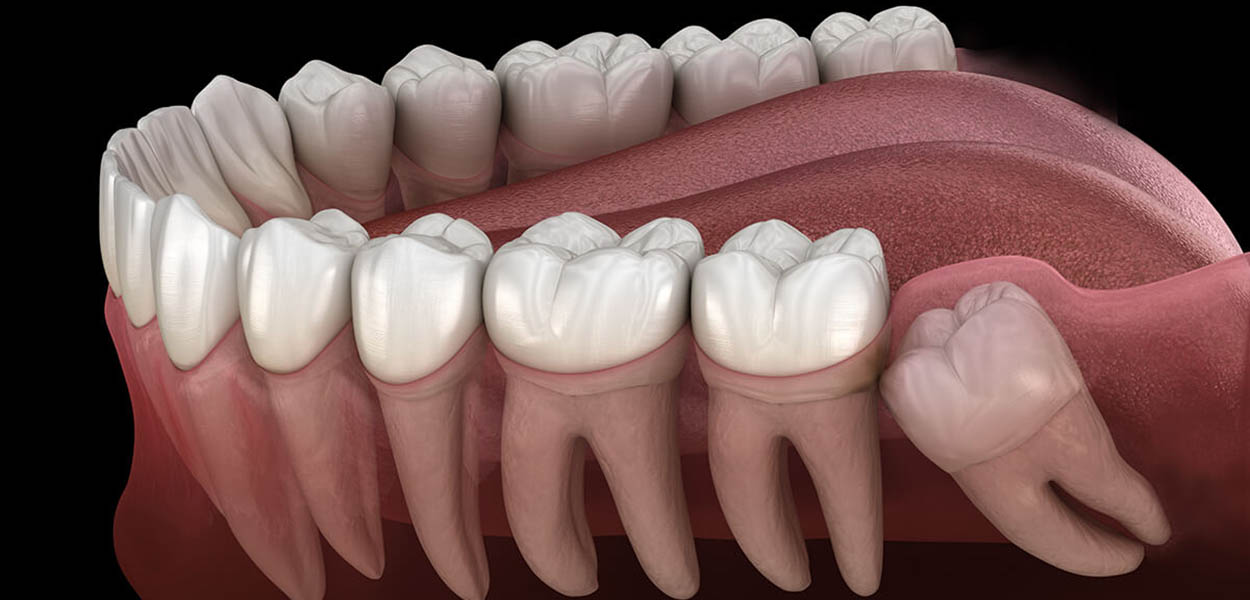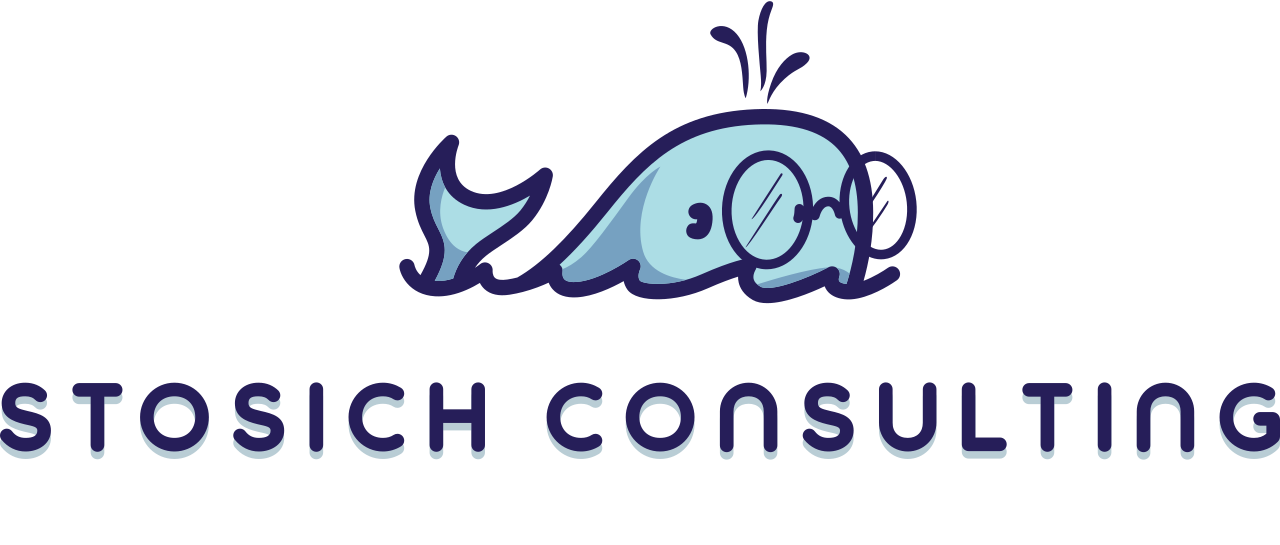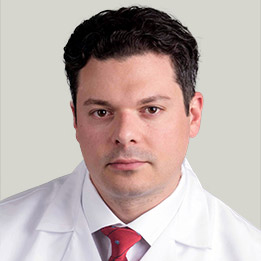Can Orthodontics Help an Impacted Tooth?

Kenilworth, IL – Orthodontic issues that require treatment come in many forms. We often think of issues such as underbites, overbites and spacing issues, but impacted teeth can affect the function of a person’s smile. But what exactly are impacted teeth, and how can orthodontics help?
“Impacted teeth are teeth that are not able to fully erupt because they are blocked from doing so,” says Round Lake orthodontist, Dr. Michael Stosich. “The impacted tooth is unable to push through the gums, often due to a spacing issue, and discomfort, as well as issues with how the bite is able to function, can occur.”
Most people associated impacted teeth with wisdom teeth, but those are not the only teeth that can become impacted. Another commonly impacted tooth is the maxillary canine, which erupts around the age of 13. In most cases only one of the canines will be impacted, however some patients may find both are impacted. The reason why these are the most commonly impacted outside of wisdom teeth is because they typically come in after the incisors and premolars. And if these teeth didn’t leave any room for the canines, there is nowhere for the canines to go, thereby impacting them in the jaw.
It is important to treat impacted teeth not only because they can negatively affect the appearance of a smile, but they can also damage the health of the smile. Impacted teeth can cause pain and discomfort and lead to tooth decay because they cannot be properly cleaned. In some instances, an inflammation of the gums called pericoronitis can occur.
In the case of wisdom teeth, their impaction can be treated by removing the teeth. For other impacted teeth, however, it is best to treat them with orthodontic care.
“We usually cannot prevent impacted teeth, but we can correct them,” says Dr. Stosich. “X-rays and a thorough exam can help determine the best course of treatment.
Braces can be used to help reposition the other teeth to make room for the tooth that is impacted. For many patients, allowing adequate space for the tooth to erupt on its own will be enough. In some cases, though, patients may require oral surgery to help remove some of the gum tissue in order to allow more of the tooth to be exposed. This then allows for orthodontic treatment to correct the alignment of the teeth.
Your orthodontist will place a bracket with a chain on the impacted tooth (or teeth). This will properly guide the impacted tooth to the wire and brackets of the braces, pulling the tooth into its proper location. When in place enough, the chain will be removed and a rubber band will take its place, guiding the tooth to its ideal position. This process can take up to a year because it is important to follow the natural growth tracking of the tooth.
Addressing impacted teeth is most ideal in younger patients because their jaws are still growing, however it can be accomplished at any age. Early detection and treatment allow the orthodontist the opportunity to guide the growth of the jaw and dental arches to accommodate all the permanent teeth to ensure a bite that functions properly.
“It is important to treat impacted teeth to ensure your smile can work properly,” says Dr. Stosich. “Not only that, you’ll be avoiding other serious issues, such as jaw pain, shifting of your teeth, root damage, tooth loss, infection, and a misaligned bite. These issues can all lead to costly restorative work.”


